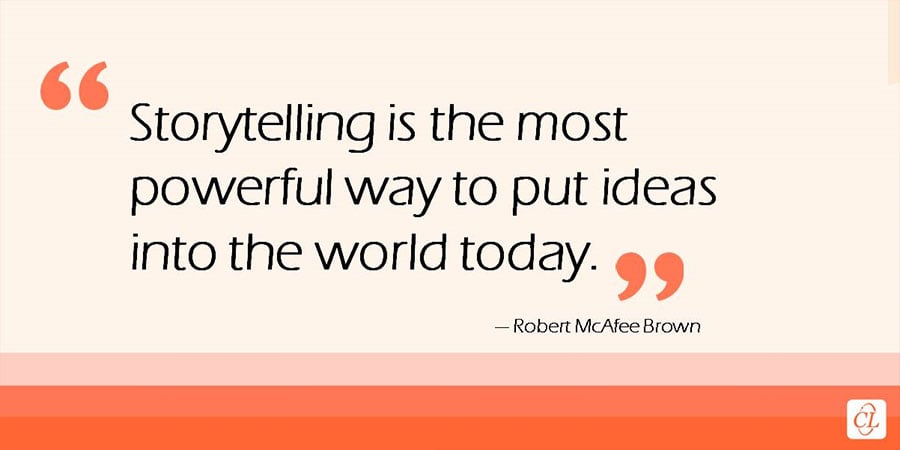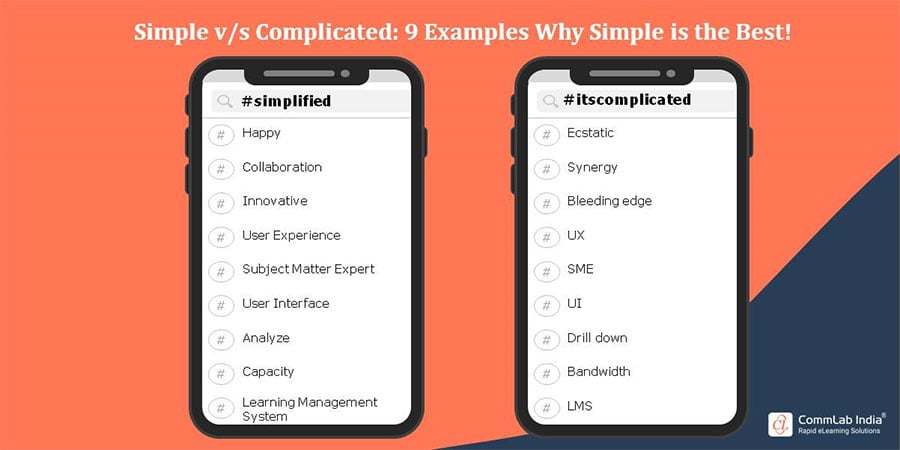5 Tips to Make the Most of Storytelling in Corporate Training

Are you worried that your employees might be dozing off through the corporate training sessions? Is keeping them engaged and interested during the training posing quite a challenge? If yes, then it’s time to add a little magic to your training with the power of storytelling!

Storytelling is an age-old art! It is an amazing method of passing knowledge that has proven to be a highly effective tool for corporate training. By weaving stories that garner attention, maintain interest, and appeal the emotions, you can certainly make your training sessions more engaging and informative.
Therefore, in this blog post, I’ll share five tips that’ll help you harness the power of storytelling in your corporate training sessions for maximum efficiency and desirable results. They will help you craft stories that capture the attention of your employees and inspire them to apply all that they have learned from the training session to their work.
Level-up Your Storytelling Skills For Maximum Impact!
Here are the 5 tips to help you out:
- Start by introducing relatable characters
- Incorporate a sense of urgency to engage learners
- Use simple, relevant dialogues and avoid jargon
- Integrate scenarios that boost learner participation
- Offer consequence-based feedback
So, let’s explore the magic of storytelling in corporate training!
5 Tips to Make the Most of Storytelling in Corporate Training
Start by Introducing Relatable Characters
First things first. For effective storytelling, let’s talk about relatability! When it comes to crafting a story for your training session, introducing characters that your employees can relate to is key. It definitely sets the ground for an engaging eLearning experience. I mean, think about it, if your employees can see themselves in the shoes of the characters, they’re more likely to stay tuned in and invested in the story. Isn’t it?
So, when you’re choosing or creating characters to weave your story, make sure they’re similar and relatable to your employees. Apart from that, you should keep in mind that the situations and challenges these characters are facing in the story are aligned with what your learners might be facing or are most likely to face.
This will enable them to relate and apply the derived knowledge in their work environment. They can easily identify themselves with the characters and feel like they’re part of the story. And who doesn’t love being part of a good story, right?
→ Download Now: Instructional Design Strategies for Engaging eLearning Courses
Incorporate a Sense of Urgency to Engage Learners
Have you ever received an email marked URGENT? Well, we all tend to pay attention to it and even open it immediately. Isn’t it? So, if you want to keep your employees on the edge of their seats during your corporate training, one way to do that is by creating a sense of urgency in your storytelling.
And how do you do that? It’s easy! When you’re crafting a story, introduce a problem or challenge that needs to be tackled urgently. After all, when there’s a problem that needs to be solved ASAP, your learners will naturally be more invested and engaged in finding a solution. So, this aspect of urgency will not only keep them hooked and active but also help them retain the information better and for a longer duration.
Go explore your corporate training bag of “STORIES WITH SENSE OF URGENCY” now!
Use Simple, Relevant Dialogues and Avoid Jargon
Imagine somebody walks up to you and says, “Good day! It is with the utmost propriety and in accordance with a proper protocol that I humbly inform you of my intention to abstain from attending to my professional duties on the morrow. I intend to avail myself of a leave of absence for the aforementioned period.” I’m sure you didn’t read it all. Did you? And now in a simple way, someone says, “Hey! I need a leave tomorrow.”
When it comes to storytelling in corporate training, keeping things simple and relevant is the name of the game. So, put down those technical manuals and avoid confusing jargon that could leave your employees scratching their heads. Instead, use language that’s easy to understand and relatable to their work environment.
Keep the dialogues simple and straightforward and avoid anything that might cause unnecessary confusion. Remember, the goal is to communicate the information effectively, and you don’t want to lose your audience with complicated language.

Integrate Scenarios that Boost Learner Participation
With this tip in place, it’s time to get your learners’ participation caps on! Because to make your corporate training more engaging and effective, you’ve got to get your learners involved in the action. Hi-yah! You can do so by integrating scenarios and interactivities that require their participation.
The scenarios can be based on problem-solving, decision-making, or even applying the knowledge they’ve gained from the training in a practical and interactive way. By getting your learners involved in the story, you’re not just giving them information, you’re giving them an experience which is definitely a big plus to augment positive training ROI.
Check out the video to know more benefits of leveraging scenario-based learning in your corporate training!
Offer Consequence-Based Feedback
“I wish someone had told me that.” We all have said it at least once in our lives, right? And when it comes to corporate training, you would want to make sure that your employees don’t have to say that. This can be ensured by offering them the right consequence-based feedback.
Let’s say, you’re driving a car, and you don’t know what the speed limit is. If you get pulled over and fined, you’ll likely remember that consequence and be more careful in the future. Isn’t it? The same goes for your employees. If they make a decision in the story that leads to a negative consequence, they’ll remember that consequence and be more cautious in their real-life situations.
In fact, right feedback can also work as a motivator for them to make better decisions in the future. So, don’t hold back from giving your employees the good, the bad, and if required, the ugly feedback. By doing so, you’re not just helping them learn, but you’re also helping them grow. As they say, “The best lessons are learned from mistakes.”
Wrapping It Up!
Storytelling is undeniably a great tool for effective corporate training. It can be used to make the training sessions more interactive and engaging. So, remember the five tips discussed in this blog and facilitate corporate training that your learners will surely enjoy and benefit from! What are you waiting for? Implement these tips and see the results for yourself. Apart from that, given in the eBook below are some general, effective instructional design strategies. Check them out right away!





